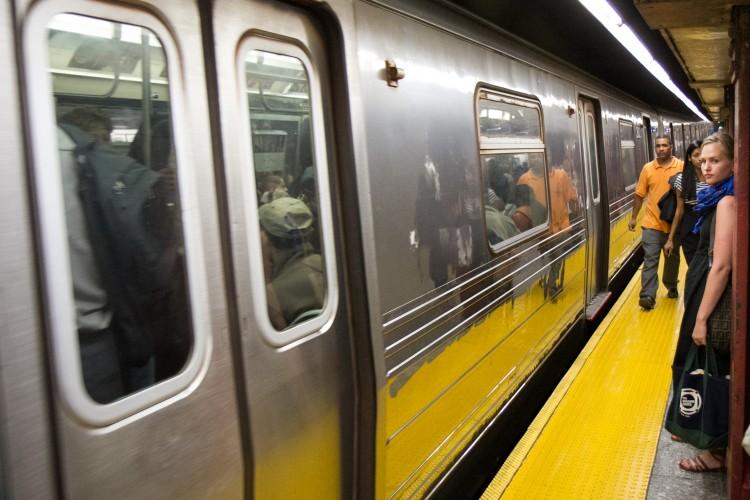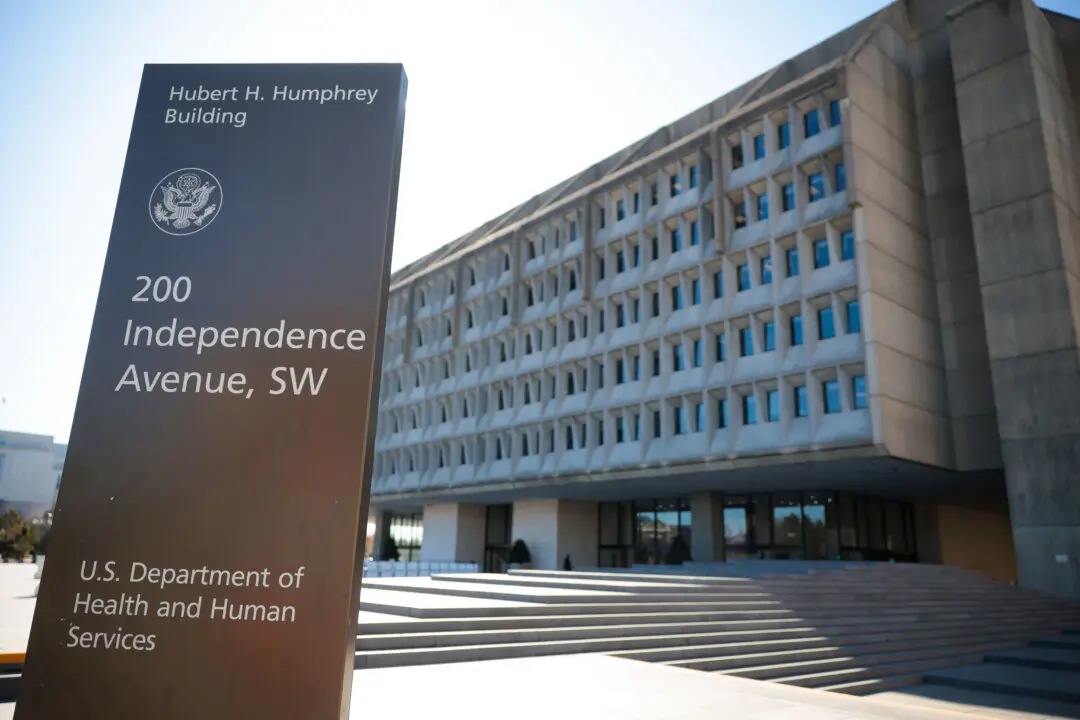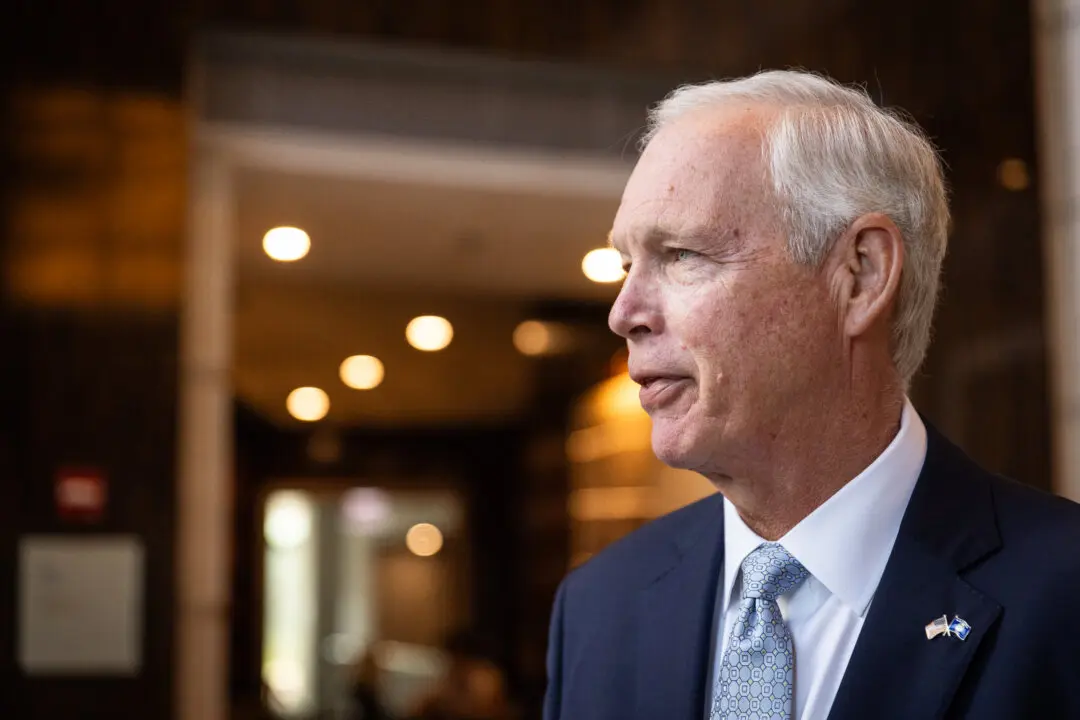NEW YORK—MTA officials fielded questions and concerns from council members on Wednesday prior to budget appropriations. A creative proposal from Council member Peter Koo suggested a letter grade system for subway stations and matching discretionary funds with the MTA to improve cleanliness.
“Let me make a suggestion to MTA,” said Koo. “We rate the restaurants, A, B, C, D, so we should rate all the stations in the MTA system.”
Council member James Vacca, Transportation Committee chair, immediately said that he seconded the idea, and that every station should be rated “on cleanliness, rats, water, garbage, graffiti,” among other things.
Lois Tendler, vice president of government and community relations, pointed out that boroughs and subway lines are already rated for appearance, equipment, and information. The three parameters comprise a key performance indicator, which gets reported to the MTA’s New York City Transit Committee every month.
Council member Domenic M. Recchia Jr., chair of the Finance Committee, which joined the hearing, said afterward that having letter grades would encourage council members to use their discretionary funds to help fix up stations in their jurisdictions.
“The MTA and the council member could get together, and if the cost was $200,000 … the council member could say, we'll put up half of it, and you put up half of it,” Recchia said. He has contributed funds towards improving stations in his Brooklyn district, which includes Coney Island and Brighton Beach.
As City Council has no authority over the MTA, we could pass a resolution about the issue, suggested Vacca.







